|
There's an oft-cited quotation within the circles of popular music. It goes like this: "Writing about music is like dancing about architecture." It's a succinct summation of the challenge of music criticism — of experiencing the ineffable magic of any art and then using mere words to pin down all that smoke. Throughout my 20 years getting paid to do just that, I recognized the futility of the activity (while counting my lucky stars).
The quote — attributed to a wide variety of sources, though it was most likely a Martin Mull original, according to the fearless and tireless Quote Investigator — usually is bandied about by musicians (commonly by those who have been on the receiving end of some sharp criticism) with the intent of belittling music critics. They wield the statement in order to point out how worthless is the critical pursuit, how beneath their attention. They could be right. But I'm newly involved in plumbing the depths of performance studies, and it's lead to a not-small revelation about that quotation's very metaphor.
0 Comments
That's no moon. That's the Light Stage X, a complex and utterly cool device created by USC's Paul Debevec and teams to capture image data from human faces and bodies.
This week I enjoyed a tour of USC's Institute for Creative Technologies, featuring demos of several of their virtual-reality projects, including Bravemind (VR assistance in PTSD therapy), ELITE (VR training for counselors), Gunslinger (a wild simulation of a Western cowpoke showdown that artfully brings narrative into real-time VR interaction), and one of the Graphics Lab's Light Stages. In my recent research into virtual performance simulations, I've ended conference presentations, my upcoming book chapter, and my thesis with some measured forecasts of the cool technology likely just over the horizon — in digital re/animation, projection systems, and artificial intelligence — all the while keeping in mind that technology forecasts tend to become outdated if not entirely quaint within hours of utterance. This week, however, brought very exciting news that sent me gleefully diving into some revisions.
Princess Leias and 2.0Pacs, I give you: the Ostendo Quantum Photonic Imager. Per last week's rumors, Michael Jackson last night became the latest holo-resurrection in pop music's crescendoing digital-zombie apocalypse. As a highlight of the otherwise pointless Billboard Music Awards, the King of Pop (now five years in the grave) appeared as a simulated hologram and performed "Slave to the Rhythm," an elaborate promotion of his new posthumous album out now, "Xscape."
Good luck, however, finding video of the spectacle this morning. Sony's lawyers seem to have pulled an all-nighter slapping down YouTube links — the metaphor of opening the performance with ominous music and a riot-line of dancers dressed as crypto-corporate soldiers was not lost here — except for the official MJ account, where the performance is shown in full here ... (photo by @notalyce) It's conference month for me — this time to Theorizing the Web, last weekend in New York City. Specifically, fitting the group's un-conference feel, in a warehouse in Williamsburg.
TtW is a gathering of ridiculously smart people working on projects related to network analysis, social media, human-computer interaction, and all manner of online and infrastructure theory. After the buzzworthy performance by the Tupac Shakur “hologram” at Coachella 2012, producers of the illusion frothed with speculation about and promises of the holo-zombie pop apocalypse to come. “This is just the beginning,” promised Ed Ulbrich, chief creative officer for the company that had designed the display. Dr. Dre, whose original idea it was to create the digital performance, began discussing plans to tour 2.0Pac, as well as using the same technology to resurrect other dead pop stars, including Jimi Hendrix and Marvin Gaye, and officials at Musion Systems, the London company that created the projection technology, voiced hopes in the press to create “hologram” versions of Kurt Cobain, Michael Jackson and Whitney Houston (who had just passed away two months prior to the 2.0Pac premiere), even pairing a digital Elvis Presley with (shudder) the real Justin Bieber.
Thankfully, frankly, little of that materialized, so to speak. The most we’ve gotten were last summer’s resurrections of two more dead rappers, Eazy-E and ODB, as a centerpiece of the Rock the Bells tour, plus occasional oddities, such as X-Japan’s Yoshiki using the tech this month to perform a piano duet with himself. A lawsuit filed last week, however, has revived more Barnum-esque barking about death-defying concerts to come. My favorite former newspaper co-workers share lists of their favorite 10 movies each year. I hardly keep up with current film, and my participation has compensated in the past by being overly creative with my lists. Considering that I just chucked my journalism career to pursue a Ph.D., for whatever the hell it’s worth, here are 10 films and film-ish bits I saw this year — a few of them definitely not from 2013 — that are somehow related to the virtual performance, human-computer interaction, digital projection branch of my evolving research interests …
“Robot and Frank” From 2012. Nifty tale, if awkwardly constructed on screen. Frank Langella is an old burglar with advancing dementia. His family buys him a humanoid robot (with advanced AI, and Peter Sarsgaard’s smooooooth voice) as an assistant and companion, then alibi and accomplice. Can a human bond with a machine? More importantly, can the opposite happen? Even more importantly, is the love interest with Susan Sarandon somehow unnerving…? A playlist of virtual pop stars (click here for full list)
Drawn from one of the historical sections of my research, here’s a hopscotch through six decades of virtual pop stars (non-corporeal, mediatized characters presented as a singular musical performer, whether an individual or group) you may or may not have encountered: 1. Alvin & the Chipmunks, commercial (1960) 2. The Impossibles, cartoon bump (1966) 3. The Archies, “Sugar, Sugar” (1969) 4. The Beagles, “Foreign Legion Flops” (1969) 5. The Banana Splits, theme song (1969) 6. Josie & the Pussycats, theme song (1970) 7. Silicon Teens, “Memphis, Tennessee” (1979) 8. Max Headroom, on “Late Night With David Letterman” (1986) 9. California Raisins, commercial (1986) 10. Jem & the Holograms, “Real Me” (1987) 11. Prozzäk, “Sucks to Be You” (1998) 12. Gorillaz, “Clint Eastwood” (2001) 13. One-T, “The Magic Key” (2003) 14. Vbirds, “Virtuality” (2003) 15. Crazy Frog, “Axel F” (2005) 16. Pikku Orava, “Maalaispoika oon” (2006) 17. Mistula, “Baptized” (2008) 18. Dethklok, “Go Forth and Die” (2008) 19. Hatsune Miku, “World Is Mine” (2008) 20. Studio Killers, “Eros and Apollo” (2012) 21. ODB hologram @ Rock the Bells (2013) My early days as a rock scribe pre-dated most indoor smoking bans. I used to keep a separate wardrobe of club clothes — stuff I didn’t mind getting infused with ashtray aromas, since even repeated tumbles in the wash didn’t remove the smell completely. I stopped smoking at the dawn of the ’90s, but my transition was made easier by working within the clubs’ secondhand cloud. When I was a critic again in Chicago the last few years, it was always strange to be seeing a band clearly and exiting the club not reeking of cigarettes.
Nathan Jurgenson (he of the smart arguments against dualisms of online-offline, virtual-real, live-mediatized) recently tweeted: “lol-op-ed idea: ‘the rock club’s cigarette-haze has been replaced by screens & now we’re all coughing in the digitality.’” Funny, but true — and perhaps a useful metaphor: the eversion of cyberspace is an exhalation, a long stream of bits billowing into our various environments, from the backrooms of clubs to the backseats of cabs. Two more dead rappers were resurrected this weekend: N.W.A.’s Eazy-E (died of AIDS complications in 1995) and Wu-Tang’s Ol’ Dirty Bastard (OD’d in 2004). Using the same technology that brought Tupac Shakur to the Coachella stage last year, both late MCs reappeared as simulated holograms to perform alongside their surviving cohorts at the L.A. stop of the Rock the Bells hip-hop tour.
The first time I saw Hatsune Miku in concert, I started scribbling notes. “It’s Rei Toei!!” was the first thing I wrote. That was the 2011 Live in Sapporo show, simulcast to movie theaters in nine U.S. cities. Last weekend, celebrating the Japanese digital idol’s sixth birthday (well, her sixth 16th birthday…), Miku’s Magical Mirai concert was broadcast on delay to just two cities here (LA and NYC) — but the show was a remarkable improvement and a blockbuster performance all around. I couldn’t help but scribble more notes, including this possibly more telling one as Miku appeared with a guitar: “Transformation to Madonna complete.”
Hatsune Miku turns 6 this month, the ol’ gal, and she’s celebrating with another global simulcast concert event — the Magical Mirai 2013, a concert at Yokohama Arena broadcast on delay to movie theaters around the world, including Los Angeles and New York. Fans gather in each venue to watch the same show at the same time — a world tour without the performer having to travel. But why is a “hologram” like Miku the only performer regularly doing this?
Because she can, of course. Digitally animated performers like Miku, or 2.0Pac from last year’s Coachella, aren’t actual 3D holograms — but they aspire to be. As such, they’re paving the way for a future (not necessarily the future) of live concerts. They hint at the possibility of one day alleviating the extraordinary stress of touring, for both musicians (oy, the schlepping) and fans (the sound sucks, the sightlines suck, the beer sucks, and would y’all shut up and please put your freaking phones down?). The alternative: intimate shows for those who want to be there, and beaming it into living rooms — seriously beaming it, in 3D — for those who don’t. |
this blahg
I'm THOMAS CONNER, Ph.D. in Communication & STS, and a longtime culture journalist. Categories
All
Archives
June 2024
|
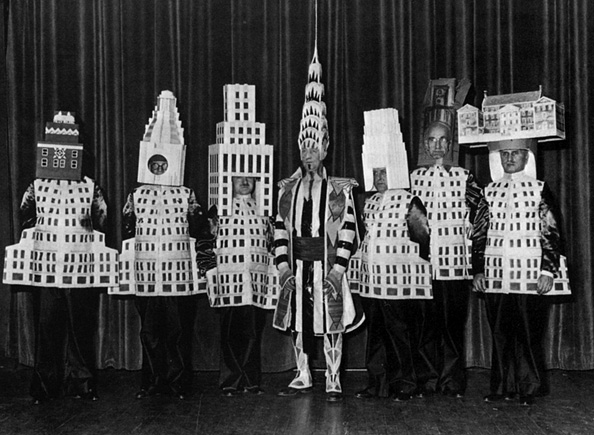
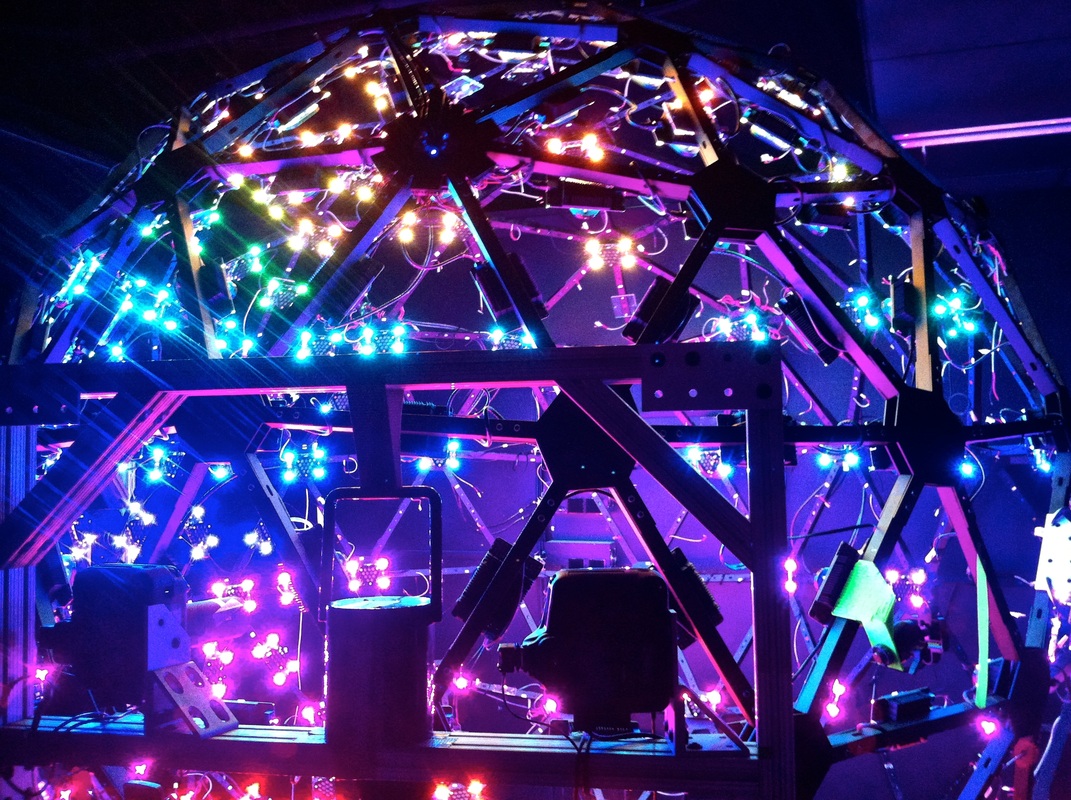
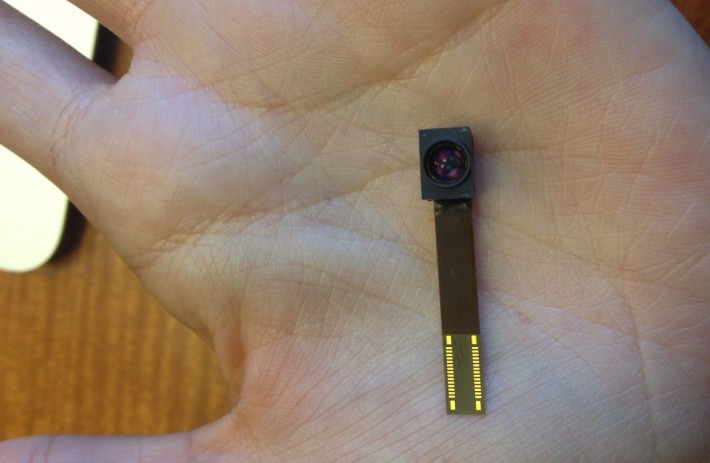
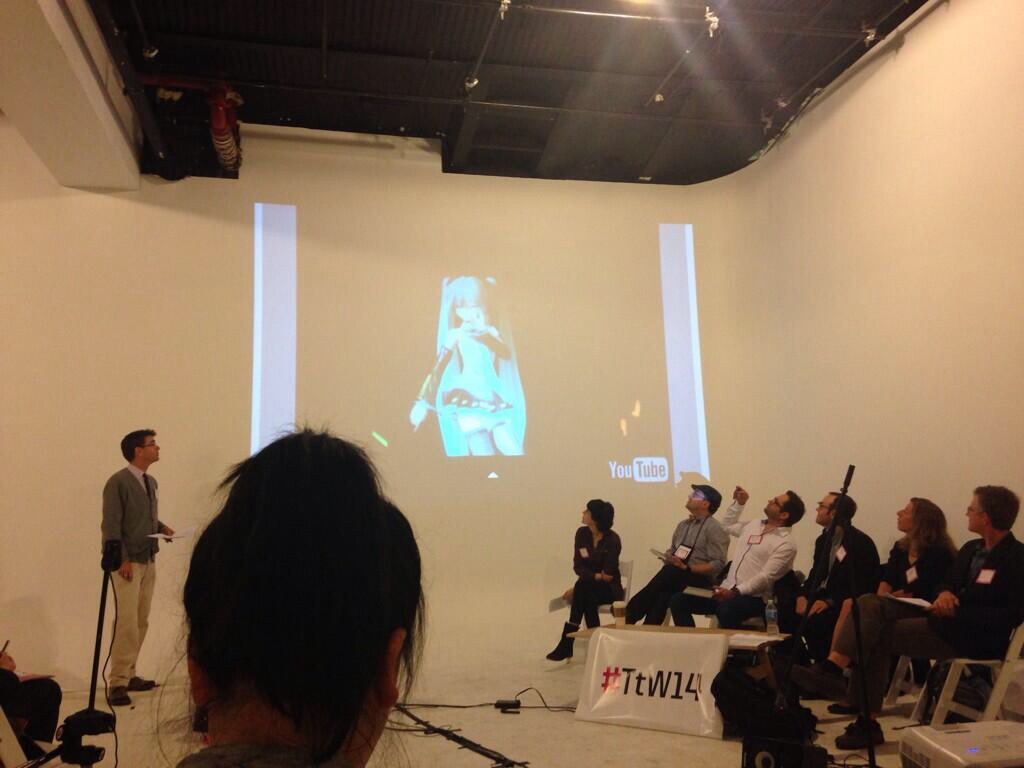
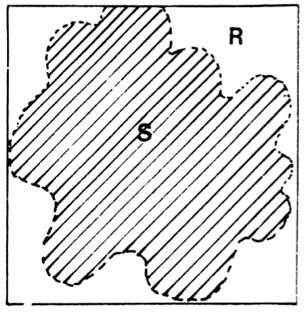
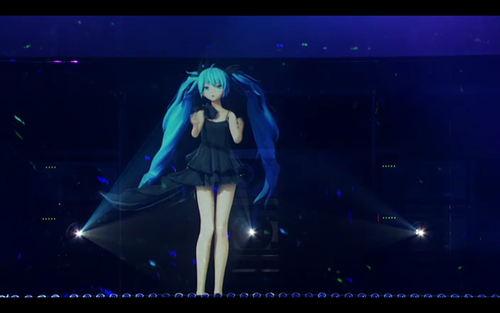
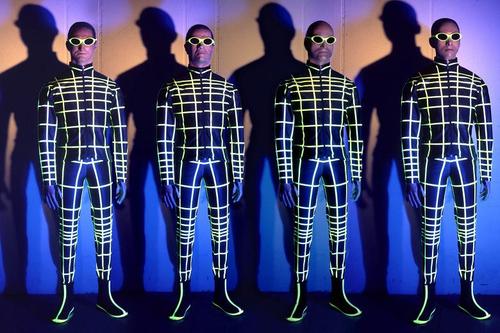

 RSS Feed
RSS Feed